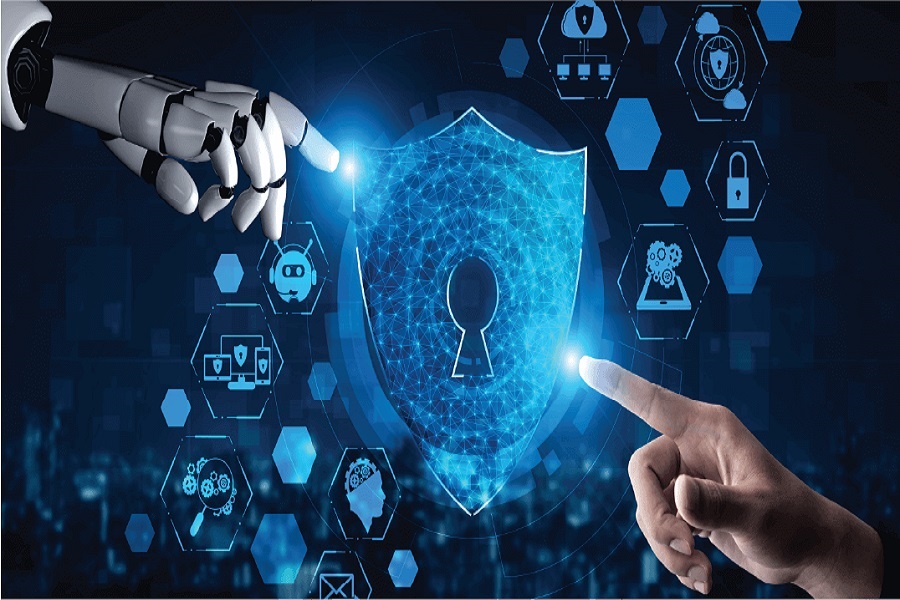The use of Artificial intelligence and automation across a wide range of businesses has obviously increased the complexity and intensity of potential risks posed by cyberattacks. AI and machine learning can be used to automate security policy configuration, compliance monitoring, and threat detection, while also helping to discriminate between good and malicious bots. Robotics cyber security is also vulnerable to system flaws that could disrupt production and performance. I will explain the role played by artificial intelligence in cybersecurity and how it may be used to protect against possible threats in an AI-driven society.
I. The potential risks of AI-powered cyberattacks
AI-powered cyberattacks can be more targeted, efficient, and difficult to detect than traditional attacks.
Examples of AI-powered cyberattacks include spear phishing, deepfakes, and malware that can adapt and evolve over time.
2. The role of AI in cybersecurity
Artificial Intelligence can be of a great help in detecting and preventing cyberattacks in real-time by analyzing large amounts of data and identifying patterns and anomalies.
AI may also be used to automate security processes that are usually performed by humans, such as patching and upgrading systems, and lower the risk of human mistake. It can also be used by security teams to respond promptly to security issues and reduce security breach.
3. The challenges of using AI in cybersecurity
If improperly constructed, AI systems may be prejudiced or discriminating and susceptible to assaults and manipulation by hackers. There is also scarcity of cybersecurity specialists with the expertise and abilities to deploy and administer AI-powered security solutions. However, to guarantee that security is embedded into AI systems from the outset, there is a need for enhanced collaboration and communication between cybersecurity experts and AI engineers.
4. Best practices for using AI in cybersecurity.
- Use a multi-layered security strategy that integrates AI-powered threat detection with human oversight, employee training monitoring.
- To prevent data breaches, implement strong data protection measures in place, such as encryption and access limits.
- Test and upgrade AI-powered security solutions on a regular basis to guarantee they remain effective and up to date.
The use of AI in cybersecurity is expected to increase, so it’s critical for businesses to understand the potential risks and advantages of this technology and take precautions to protect their systems and data. Organizations may however be ahead of the curve and mitigate the risks of a future driven environment powered by AI by adhering to best practices and staying current with cybersecurity and AI research.

